On Saturday 13th, before the conference, an integrative social reception will be held at Ibirapuera Park in São Paulo.
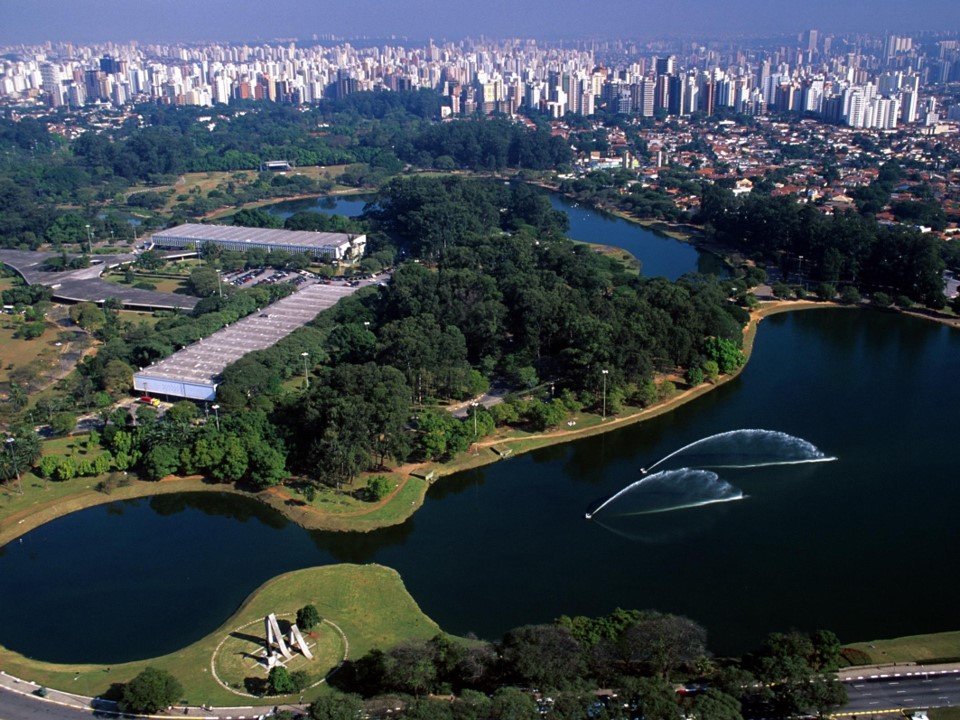
After the Sunday Symposium, a happy hour will be carried out at Rebouças Convention Center, with traditional Brazilian Music with the performance of “Nó na Pedra” (@nonapedra)
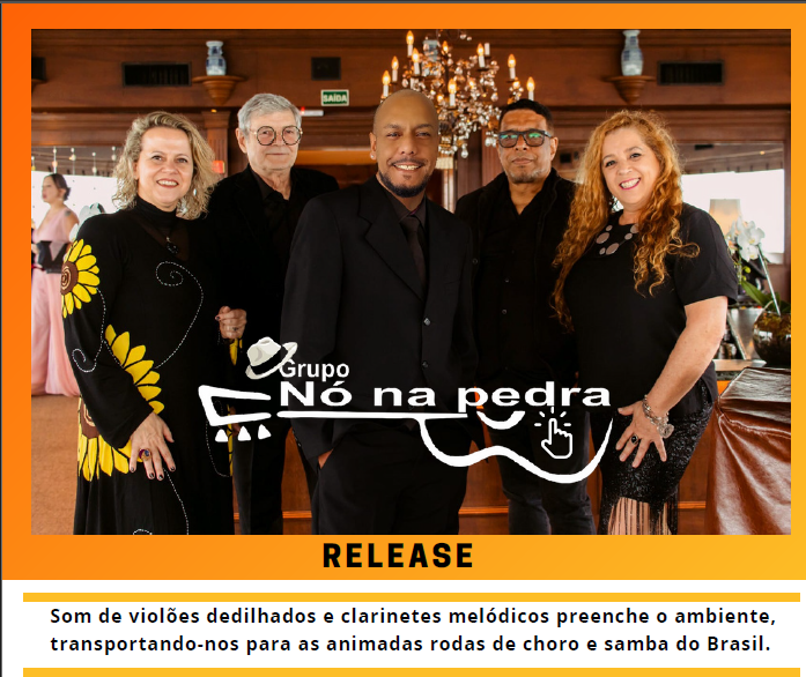
On monday, the Gala Dinner will be at a restaurant near to the Caminhos do Mar National Park, located at Atlantic Forest.
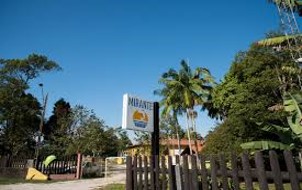
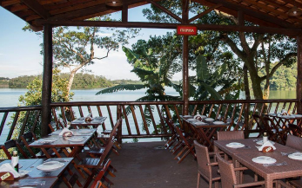
On Tuesday, after the Poster Sessions, the participants are invited to visit the MASP (Art Museum of São Paulo)
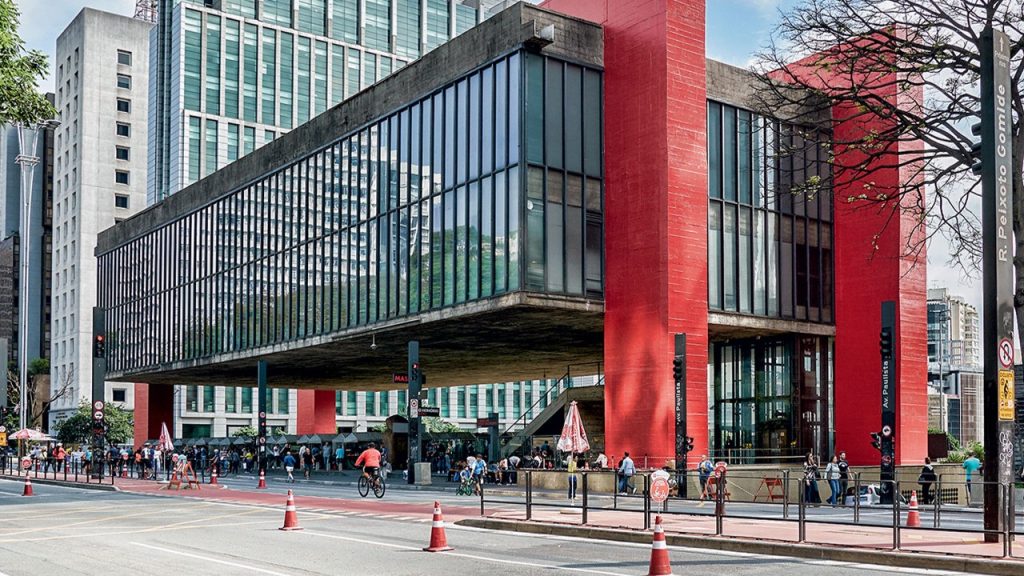
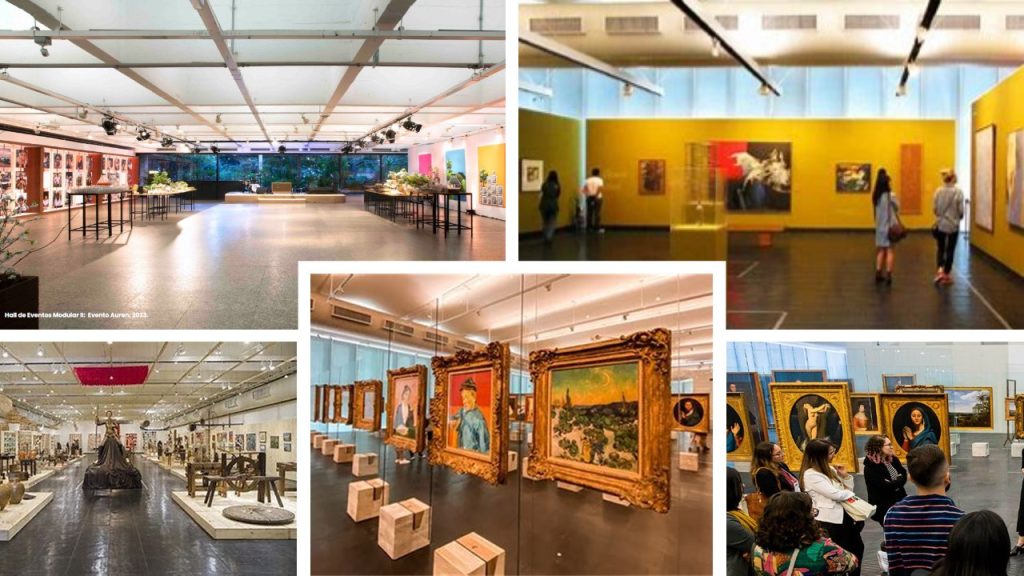
The organizing commitee is delighted to have you join us for a special day in the heart of nature! Our social activities will take place at Caminhos do Mar park. We have the opportunity to connect with each other and the environment, enjoying moments of relaxation, fun, and shared experiences.
Get ready for an unforgettable outdoor experience, filled with activities, great company, and the beauty of the natural surroundings. We hope this event will not only be a gathering but also a cherished memory for everyone!
Caminhos do Mar is located in the Serra do Mar State Park, a conservation unit created to ensure full protection of the biological heritage of the Atlantic Forest (Mata Atlântica), while also offering services that encourage environmental education and the integration of people with nature. In addition to its natural wealth, the park has an important cultural and historical heritage with its monuments erected in 1922 in honor of the centenary of Brazil’s Independence.
Caminhos do Mar provides its visitors with a unique and unforgettable experience amidst the lush nature of the Atlantic Forest and places full of historical significance, spectacular views and physical, recreational and educational activities.
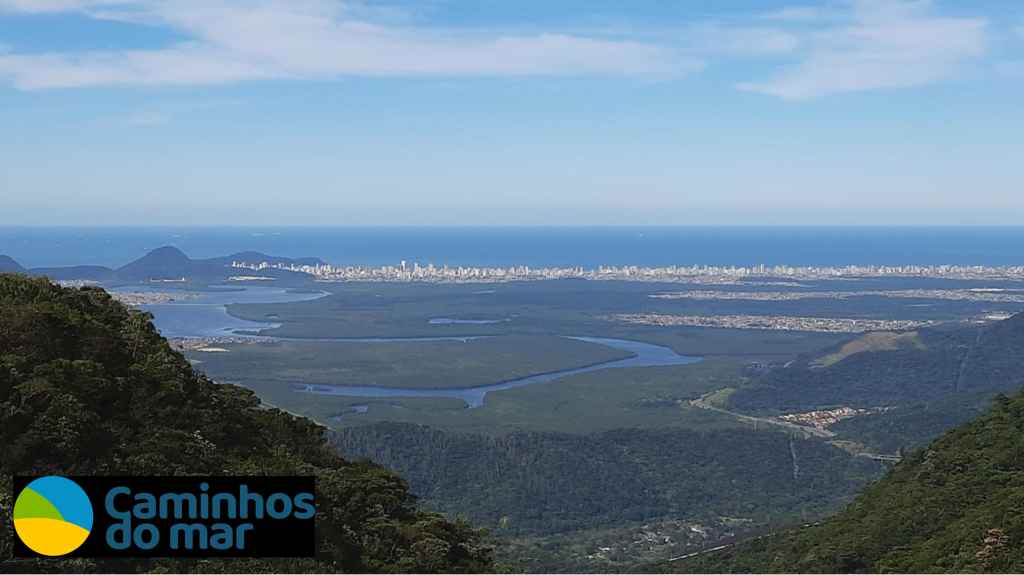
The Caminho do Mar Road cuts through the Serra do Mar (Mountain Range) and is 8 kilometers long between São Bernardo do Campo and Cubatão. It was the first concrete-paved access road in Latin America, and connected São Paulo to the coast until the inauguration of the Anchieta Highway in 1947, when it became a secondary route and was renamed Old Santos Road.
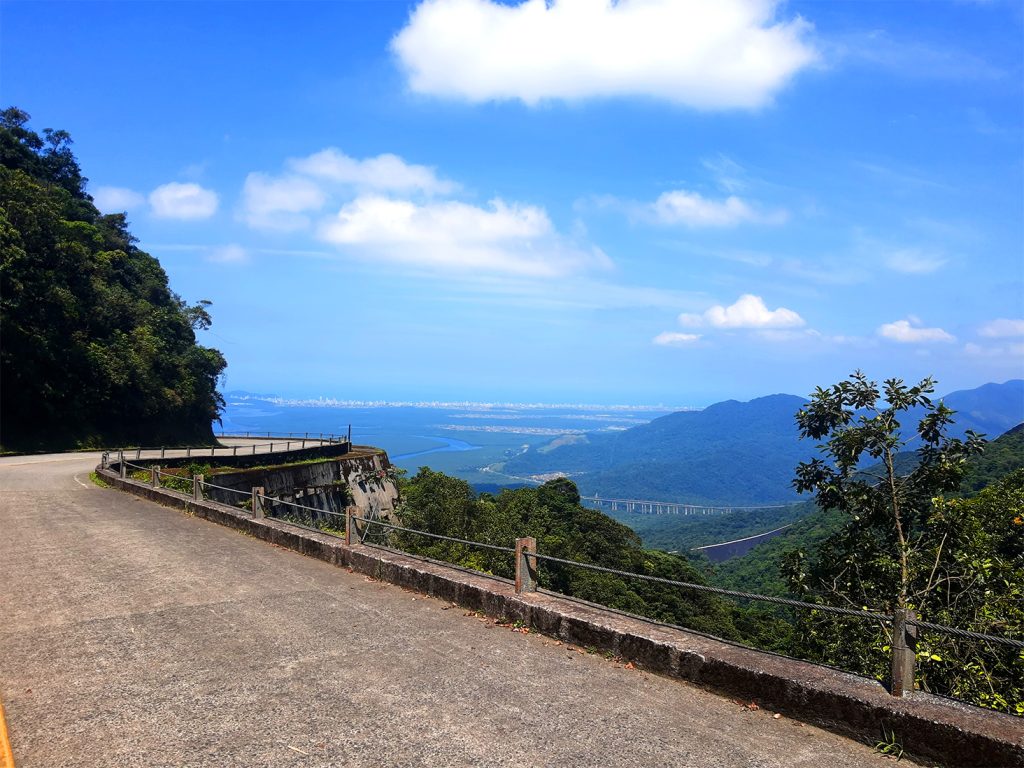
Before this, the only option for transporting goods from the interior to the port of Santos was Calçada do Lorena, a 3.5 kilometers long stone-paved trail built in 1792 and where Prince Regent D. Pedro I climbed the mountain towards São Paulo to proclaim Brazil’s Independence on September 7, 1822. Both trails are in the park and can be visited.
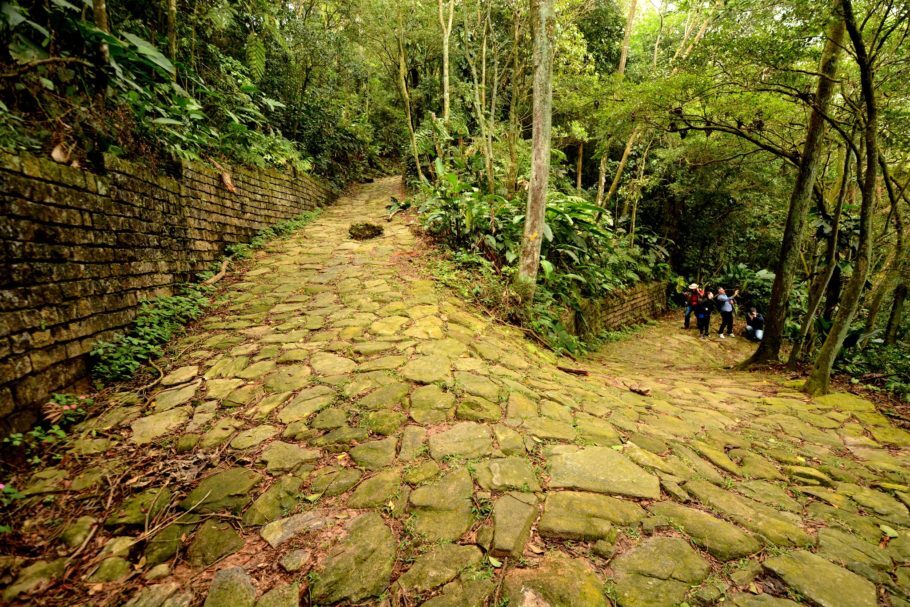
In 1922, to commemorate the 100th anniversary of Brazil’s Independence, 8 monuments were built by the French architect Victor Dubugras along the Old Santos Road, which can now be explored on foot as part of Caminhos do Mar:
Monumento ao Pico, Pontilhão Raiz da Serra, Belvedere Circular, Cruzeiro Quinhentista, Padrão do Lorena, Rancho da Maioridade, Ruínas e Pouso Paranapiacaba. Each one tells a story and provides unforgettable experiences surrounded by the nature of Serra do Mar. In the 1970s, they were listed by CONDEPHAAT – the Council for the Defense of Historical, Archaeological, Artistic and Tourist Heritage of the State of São Paulo.
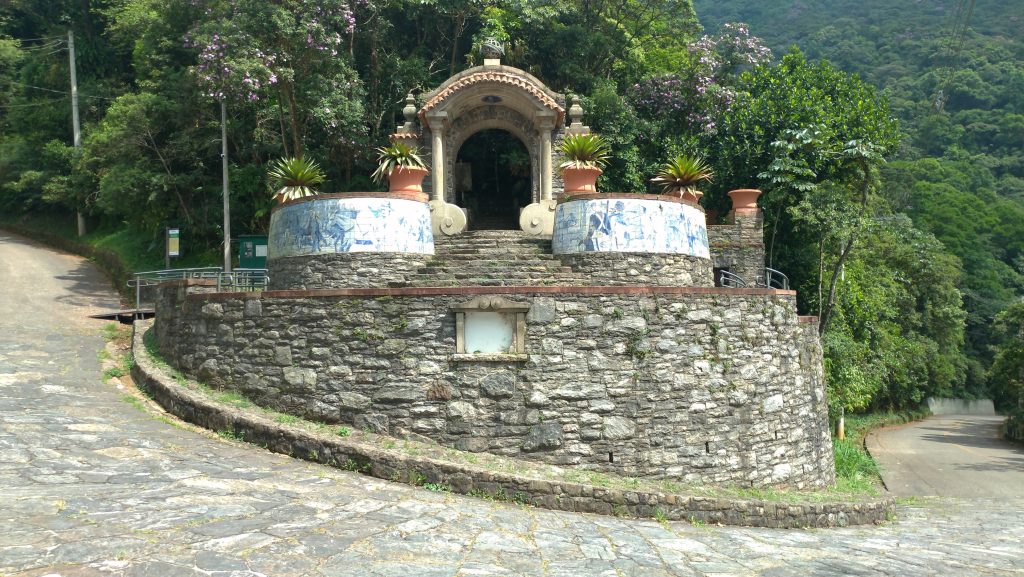
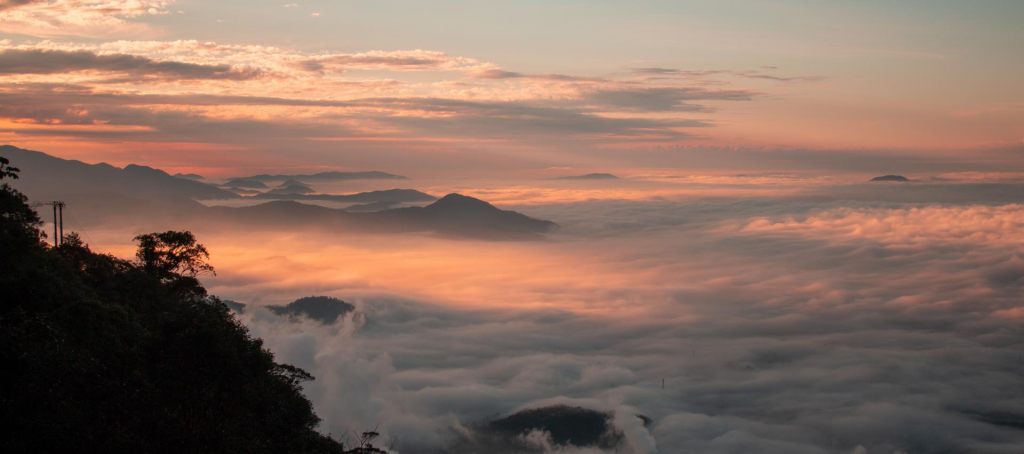
The Atlantic Forest is one of the richest forests in terms of species diversity on the planet. The biome covers an area of approximately 15% of the Brazilian territory along the coast, which stretches from Rio Grande do Norte to Rio Grande do Sul states, including 17 states. It is the second largest forest in Brazil, consisting of plateaus and mountain ranges, and has hundreds of endemic animal and plant species, that is, species that are only found there. Unfortunately, the Atlantic Forest has suffered deforestation and urbanization due to human activity over the centuries, but today there are laws that preserve large reserves such as the Serra do Mar, where Caminhos do Mar is located.
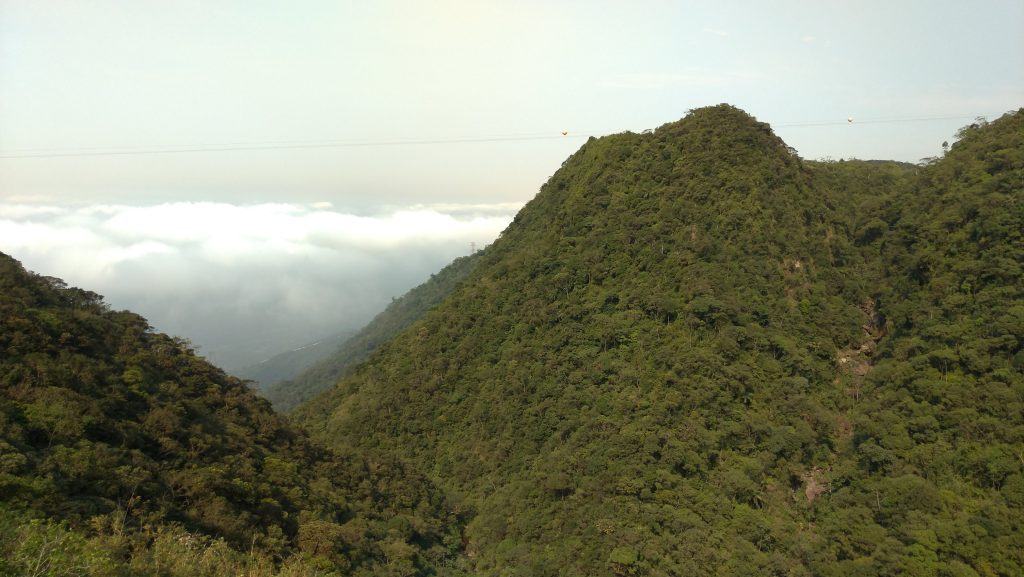
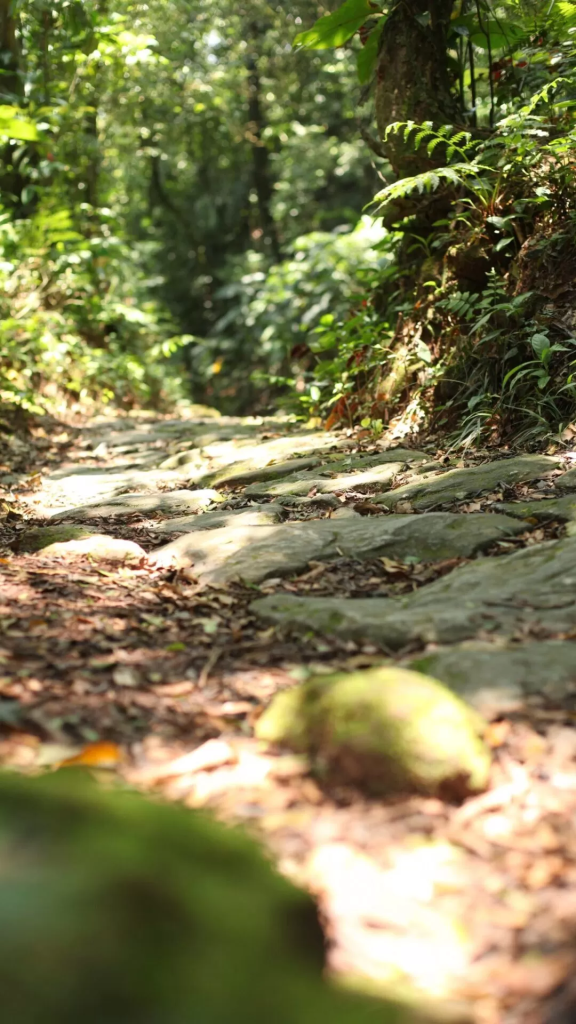
The Atlantic Forest is believed to have around 20,000 plant species (around 35% of those found in Brazil), 849 bird species, 370 amphibian species, 200 reptile species, 270 mammal species and around 350 fish species. In Brazil, it is home to 383 of the 633 endangered animals, including the Golden Lion Tamarin.
The main animal species found in Caminhos do Mar are: Sloth, Anteater, Coati, Cipó Snake, Caninana Snake, Jararaca Snake, Wild Dog, Capuchin Monkey, Tapir, and Wild Deer. Birds include the Green-billed Toucan, Thrush, Macaw Parakeet, Caracara, Graúna, Surucuá, among others. The main plant species found in the park are: Embaúba, Manacá da Serra, Araçás, Bromeliads (including the Imperial), Orchids, Jussara, Pupunha and Jerivá Palms, Ipês Ferns, Aroeiras, Guatambus, among others.
For more information about the park, please check the website https://caminhosdomar.com.br/
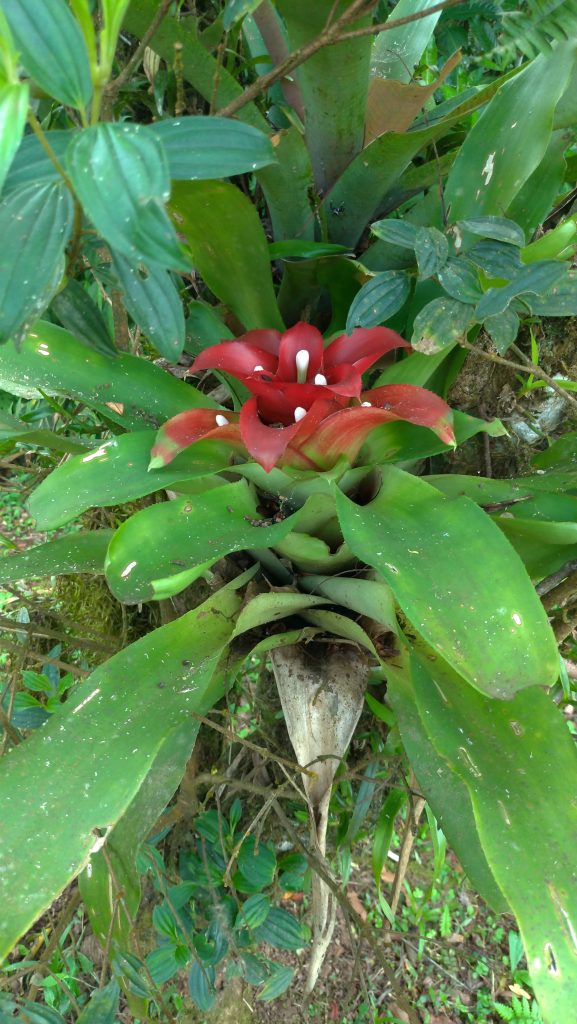
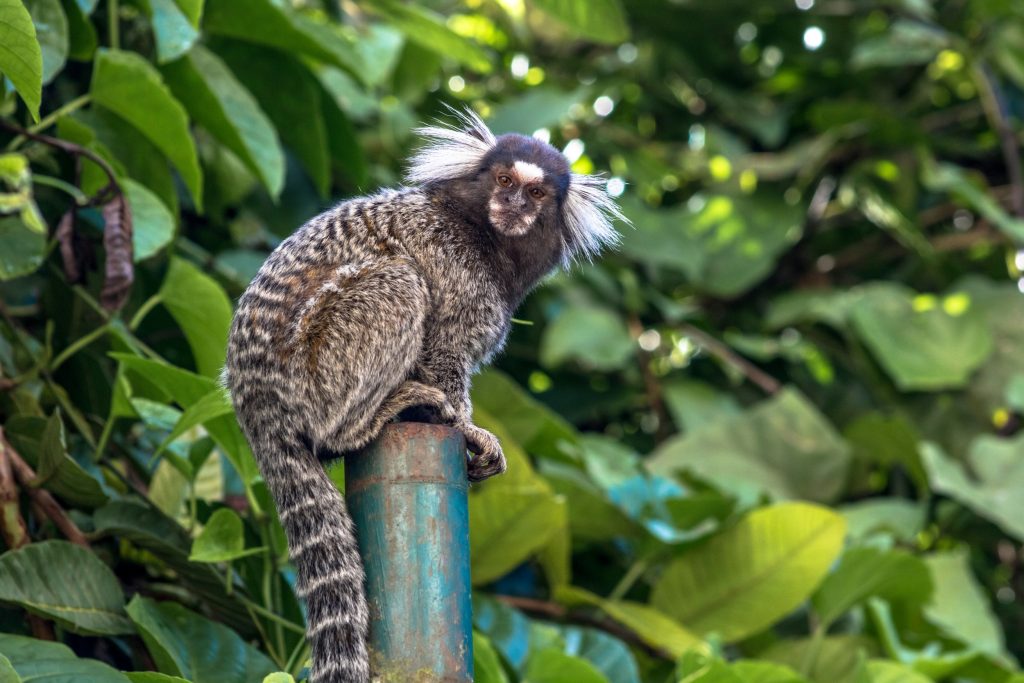

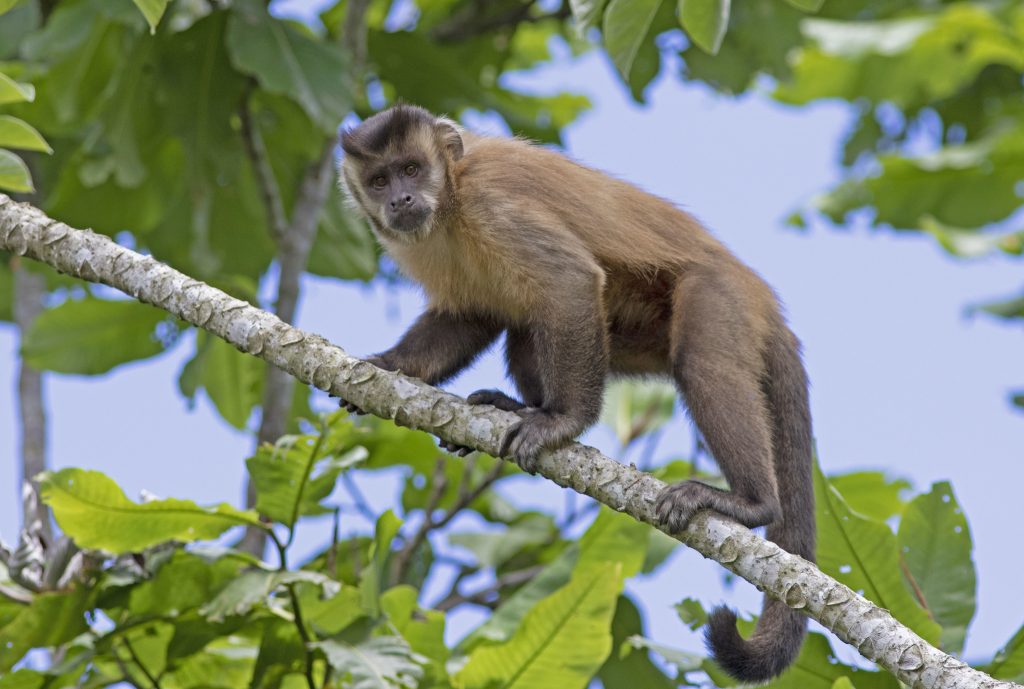
We created many activities for the participants in the park. They are split into PASSIVISTS, MODERATES, and ACTIVISTS.
– Guided tours along the in the park, passing by the most historic sites. Passivists will have a motorized van at their disposal for moving in the park
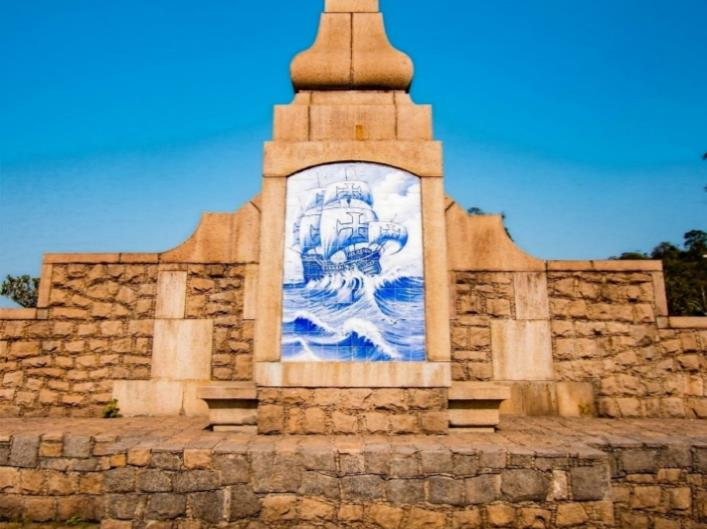
– Visitors will be able to plant seedlings of native plants on the sides of the road
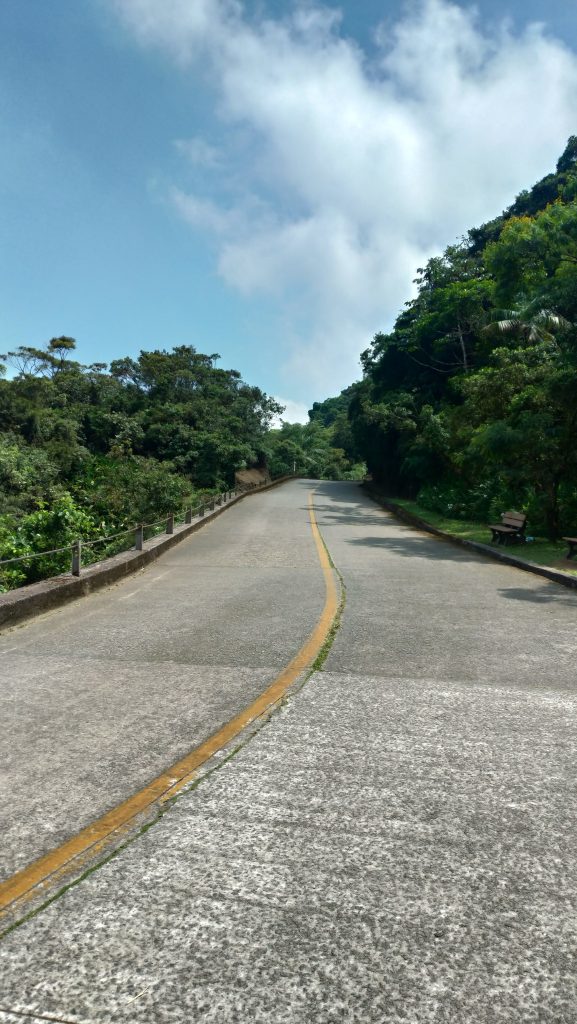
– Having a coffee at Pouso Paranapiacaba, enjoying the scene
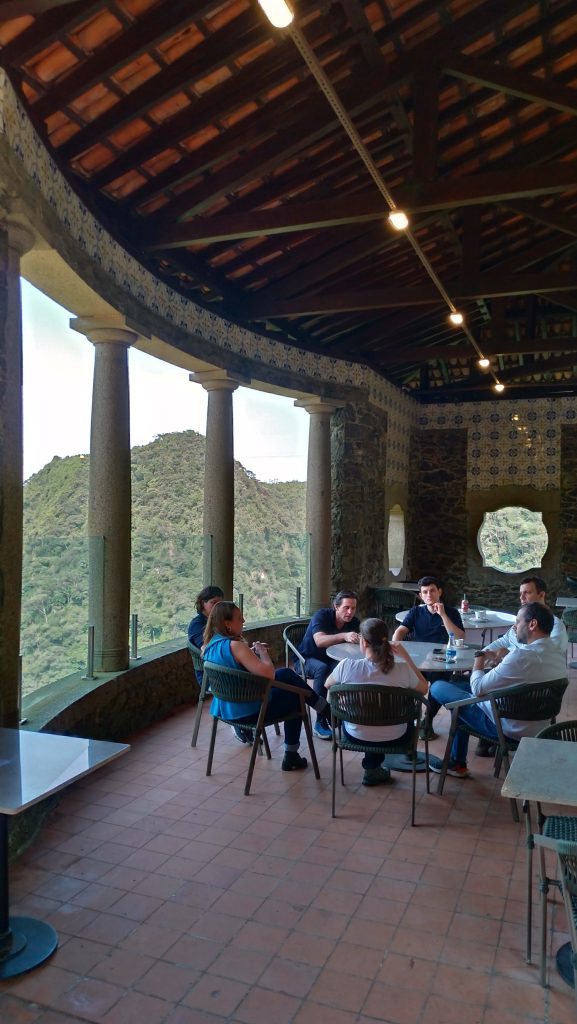
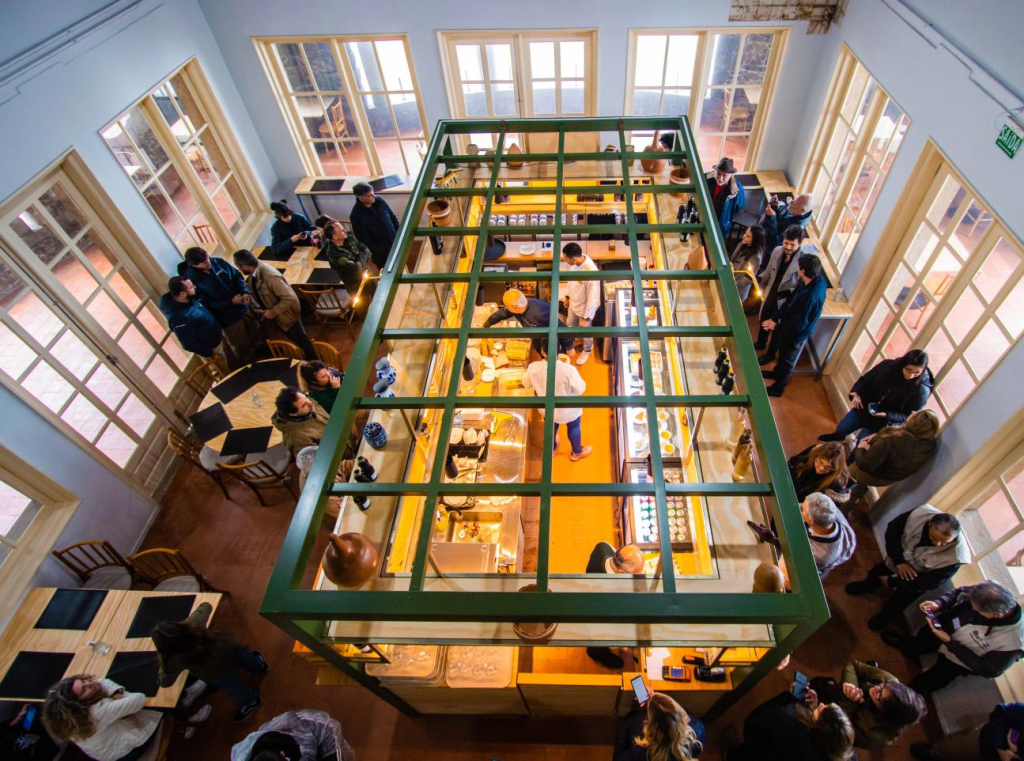
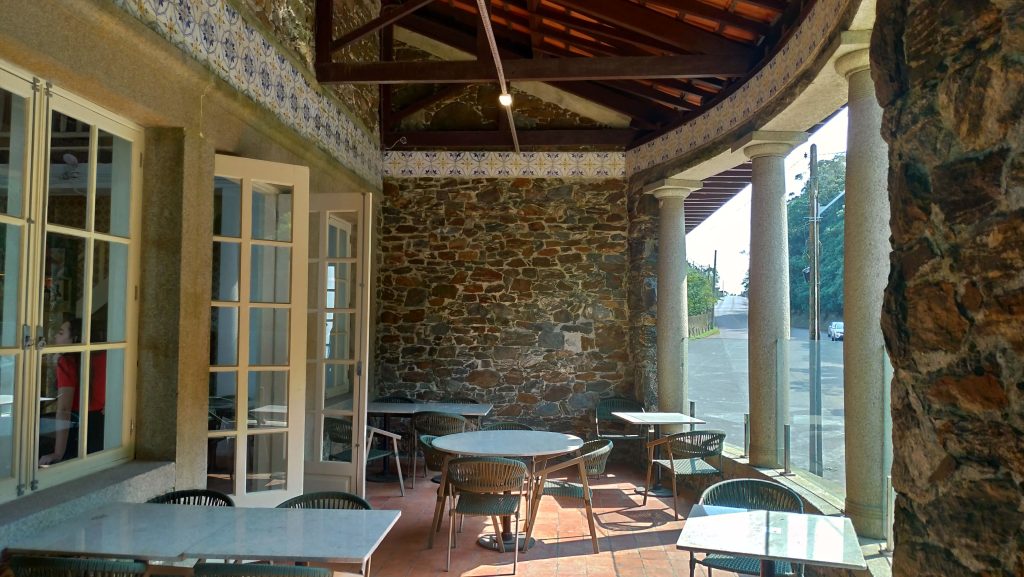
Brazilian cultural experience – Workshops on typical Brazilian cultural activities
Masters of Popular Culture will conduct practical workshops so that participants can experience some of Brazil’s cultural activities.
Participants will be divided into smaller groups and will take turns in 3 or 4 different workshops so that they can experience each one. Some suggestions raised so far are:
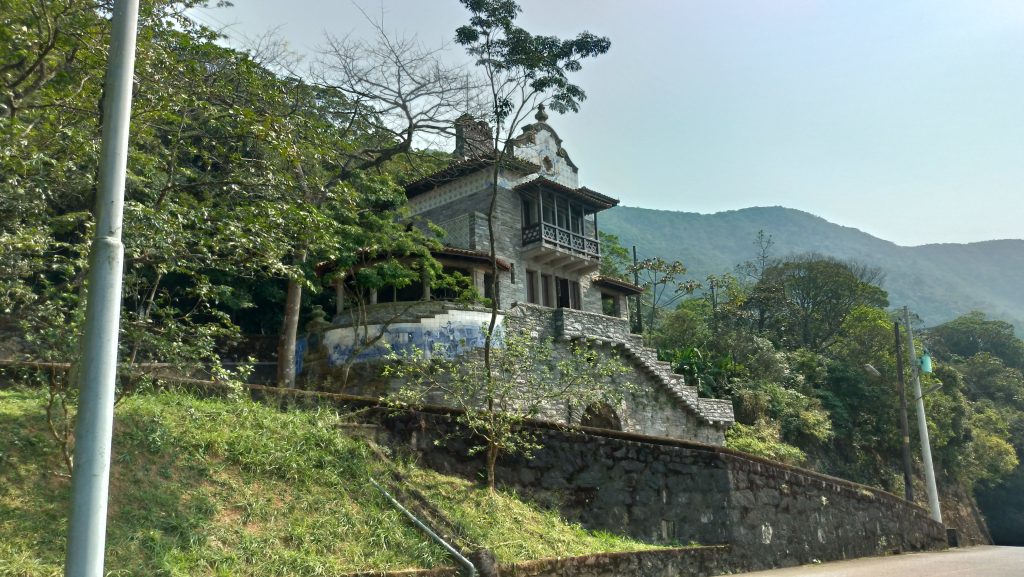
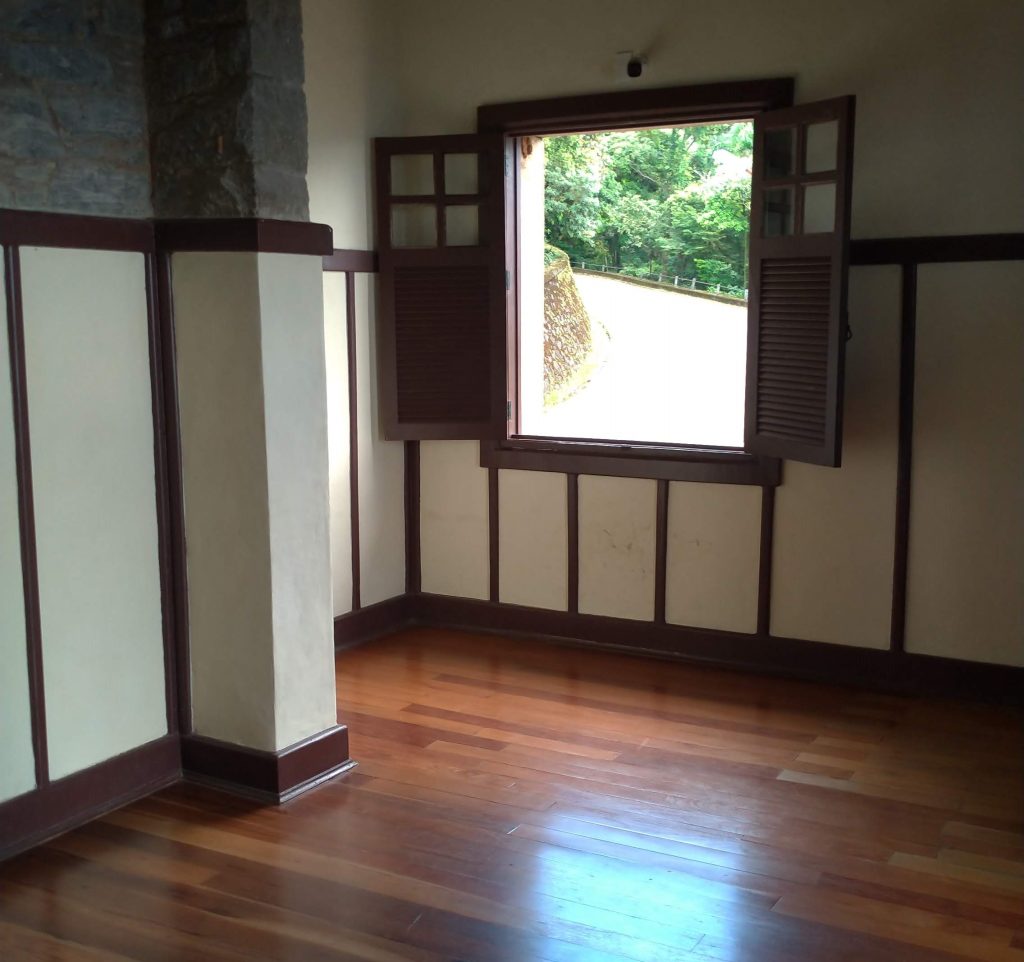
Capoeira – an intangible cultural heritage of Brazil and humanity, capoeira is a fight based on music and dance. Two people duel in a circle to the sound of a drum kit consisting mainly of berimbaus, pandeiros, and drums. The objective is the particular manifestation of each person communicating with their opponent and their surroundings (drums, roda, and observers).
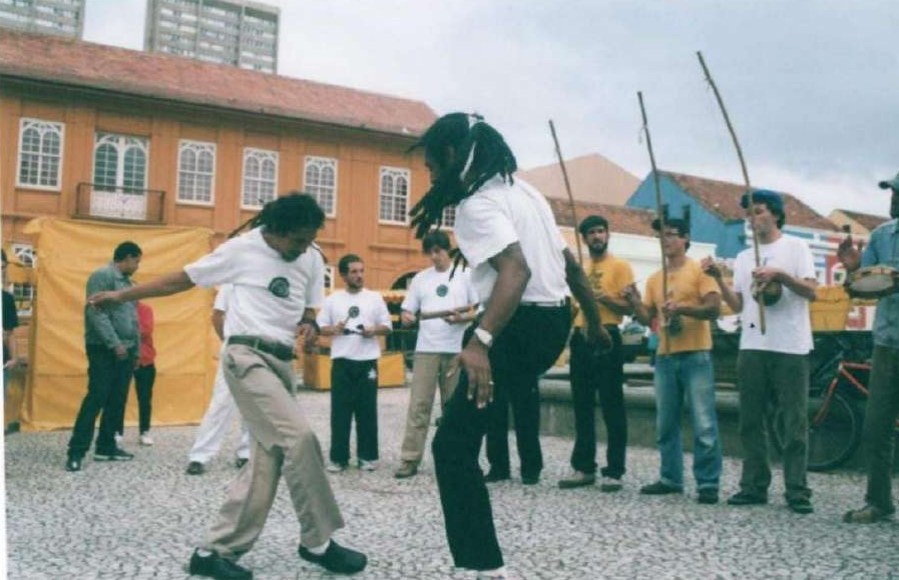
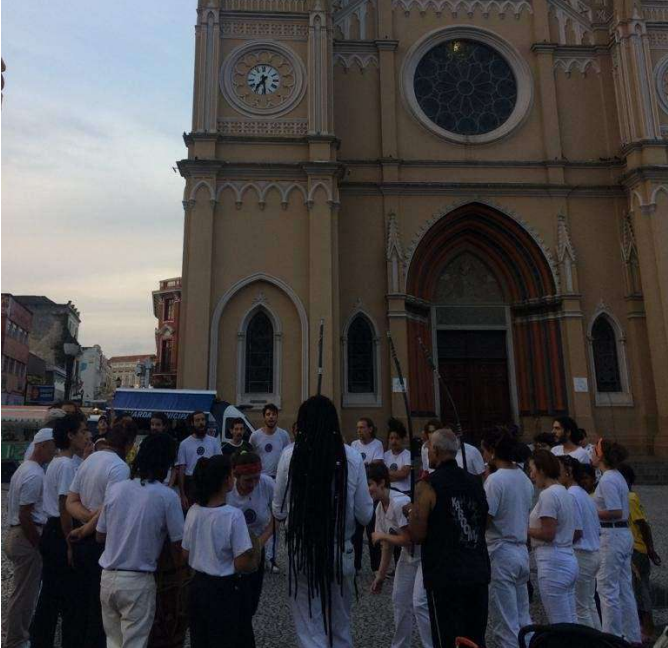
Maracatu – a genuinely Brazilian expression. Maracatu involves dance, music, and theater and consists of a mixture of African, Portuguese, and indigenous cultures. It can be performed in the form of a procession, in which the dancers represent historical characters, or in the form of rural games, depending on the type of maracatu. In maracatu, percussion instruments are used, such as: boxes, ganzás, gonguês, taróis and drums, known as alfaias in maracatu.
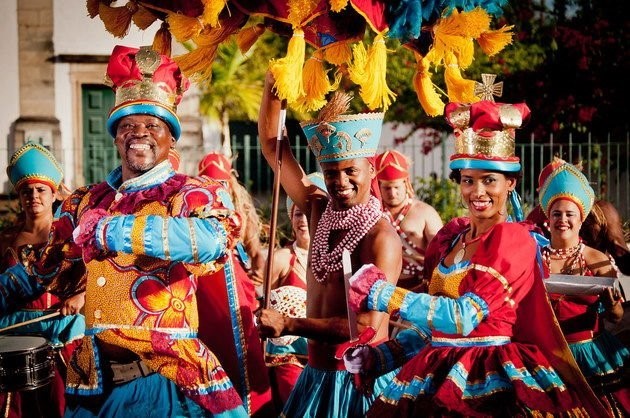
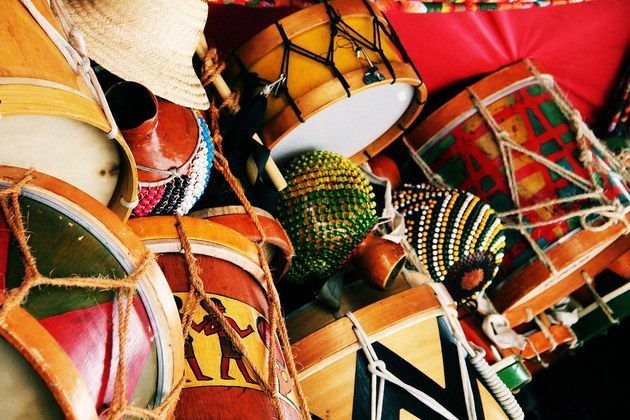
Samba de Roda – a popular Brazilian musical style, is considered a variant of samba with African roots, which brings together various songs, poems, and dances. Samba de roda is made up of a group of musicians playing various instruments, but the main one is the drums, forming a circle. People accompany the music by clapping their hands. One or two people at a time dance in the circle, with everyone dancing and singing.
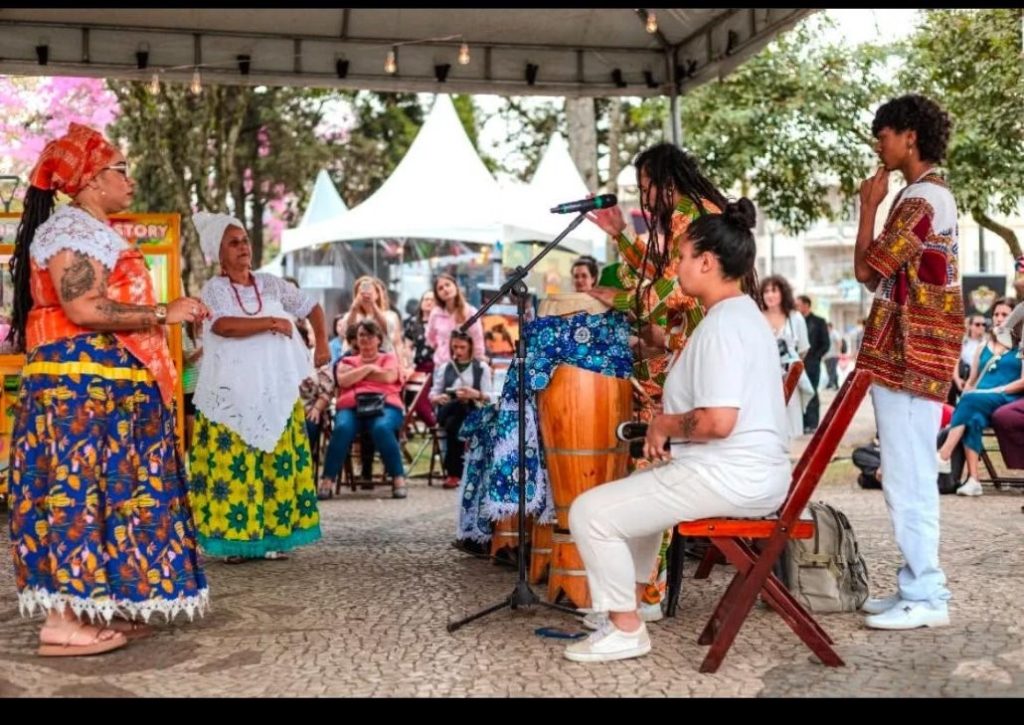
Afro-Brazilian dances – performed on important occasions. These dances have common gestures and characteristics such as the organization in circles, semi-circles, or rows, the participation of everyone, and the accompaniment of music produced by the sound of percussion instruments and drums.
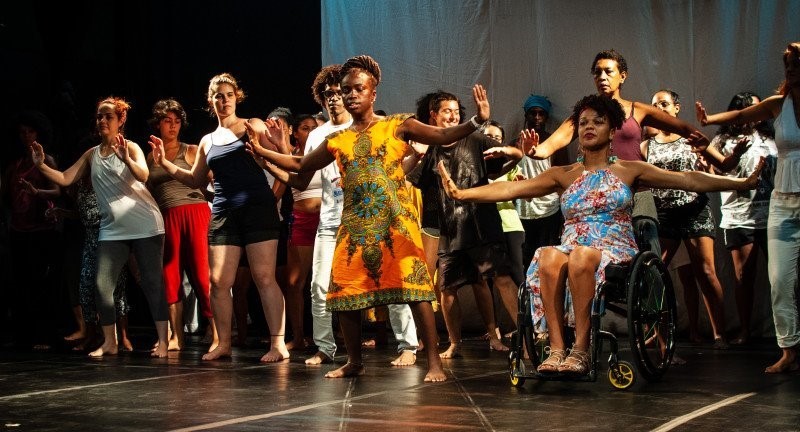
– Walk on the old Santos road to the Rancho da Maioridade.
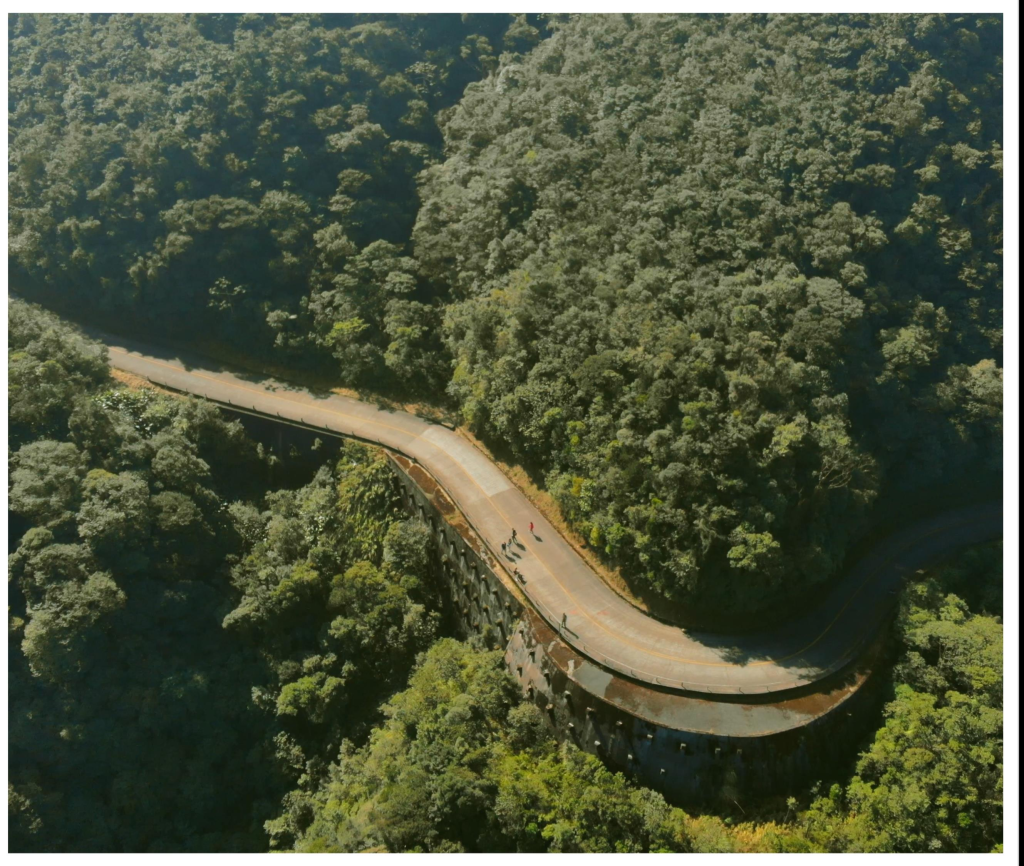
– A Walk on the Calçada Lorena path to the Rancho da Maioridade, where they meet up with the other groups.

– 500m-zipline 100m high across the mountains
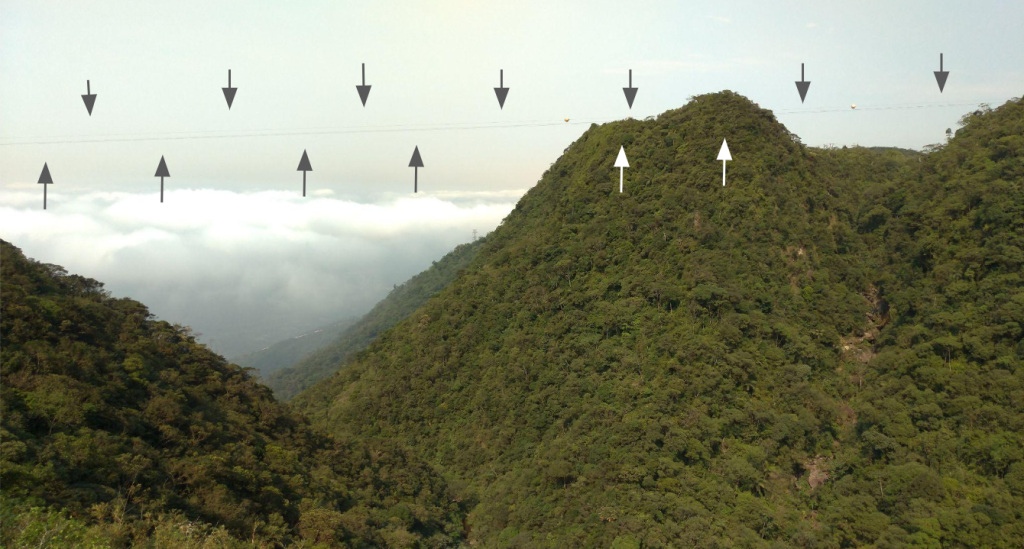
– Kayaking
More detailed description will be available soon.
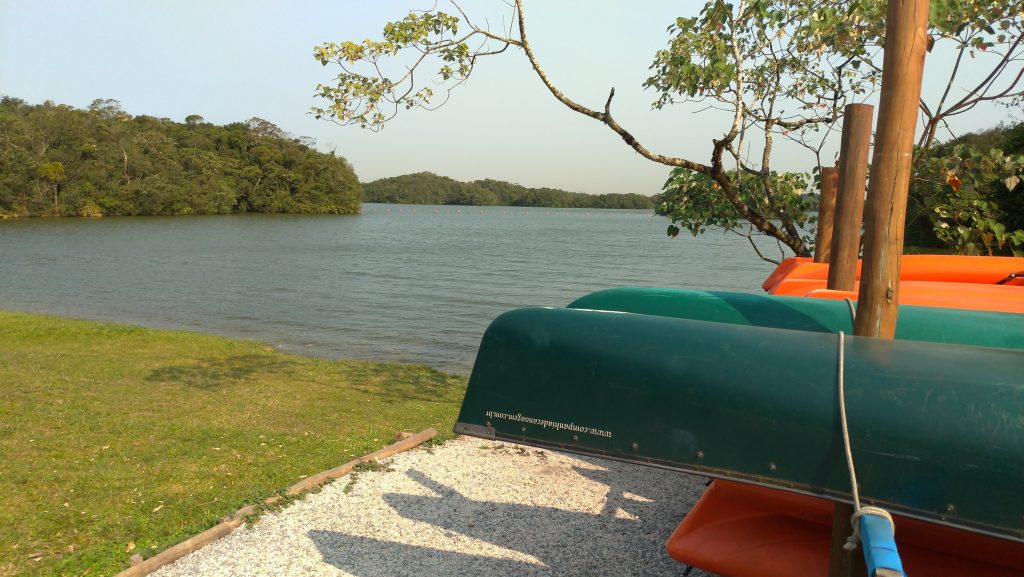
– Ciclying on the Old Santos road

